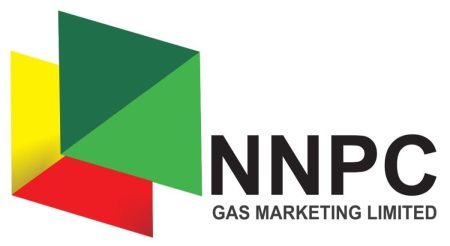– WTI hits lowest since Dec 2021, Brent at lowest since Jan 2022
– Clashes in Shanghai as COVID protests flare across China
– Investors focus on next OPEC+ meeting on Dec 4
London — Oil prices fell to near their lowest levels this year on Monday as street protests against strict COVID-19 curbs in China, the world’s biggest crude importer, stoked concern about the outlook for fuel demand.

Brent crude dropped $2.66, or 3.1%, to trade at $80.97 a barrel at 1000 GMT, after diving more than 3% to $80.61 earlier in the session – its lowest since Jan. 4.
U.S. West Texas Intermediate (WTI) crude slid $2.39, or 3.1%, to $73.89 a barrel. It fell as far as $73.60 earlier, its lowest since Dec. 22, 2021.
Both benchmarks, which hit 10-month lows last week, have posted three consecutive weekly declines.
“On top of growing concerns about weaker fuel demand in China due to a surge in COVID-19 cases, political uncertainty, caused by rare protests over the government’s stringent COVID restrictions in Shanghai, prompted selling,” said Hiroyuki Kikukawa, general manager of research at Nissan Securities.
Markets appeared volatile ahead of an OPEC+ meeting this weekend and a looming G7 price cap on Russian oil.
China has stuck with President Xi Jinping’s zero-COVID policy even as much of the world has lifted most restrictions.
Hundreds of demonstrators and police clashed in Shanghai on Sunday night as protests over the restrictions flared for a third day and spread to several cities in the wake of a deadly fire in the country’s far west.
The Organization of the Petroleum Exporting Countries (OPEC) and its allies including Russia, known as OPEC+, will meet on Dec. 4. In October, OPEC+ agreed to reduce its output target by 2 million barrels per day through 2023.
Meanwhile, Group of Seven (G7) and European Union diplomats have been discussing a price cap on Russian oil of between $65 and $70 a barrel, with the aim of limiting revenue to fund Moscow’s military offensive in Ukraine without disrupting global oil markets.
But EU governments were split on the level at which to cap Russian oil prices, with the impact being potentially muted.
“Talks will continue on a price cap but it seems it won’t be as strict as first thought, to the point that it may be borderline pointless,” said Craig Erlam, senior markets analyst at OANDA
“The threat to Russian output from a $70 cap, for example, is minimal given it’s selling around those levels already.”
The price cap is due to come into effect on Dec. 5 when an EU ban on Russian crude also takes effect.
*Noah Browning, Yuka Obayashi & Mohi Narayan; Editing: Ana Nicolaci da Costa, Kirsten Donovan – Reuters
Follow us on twitter



